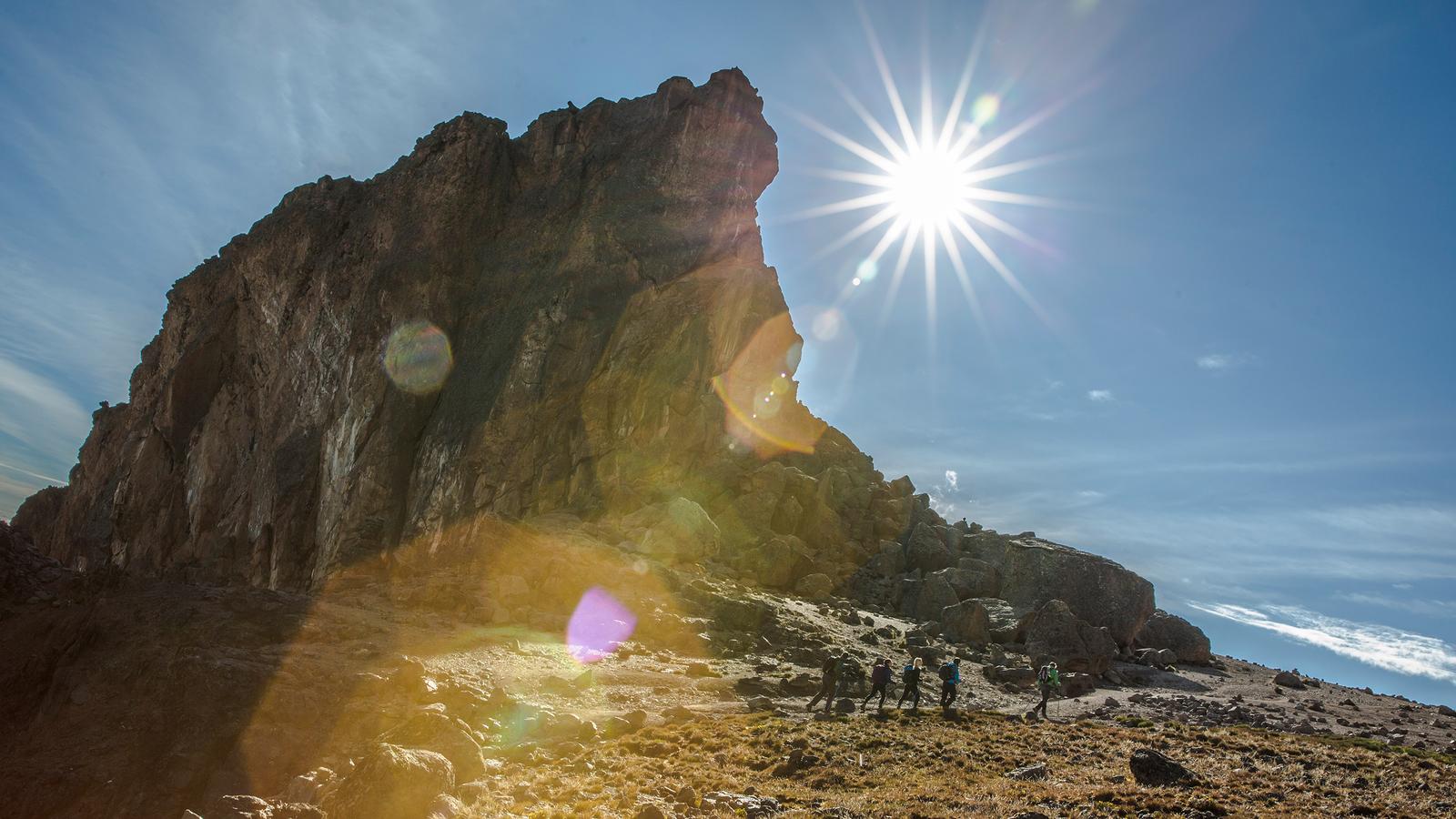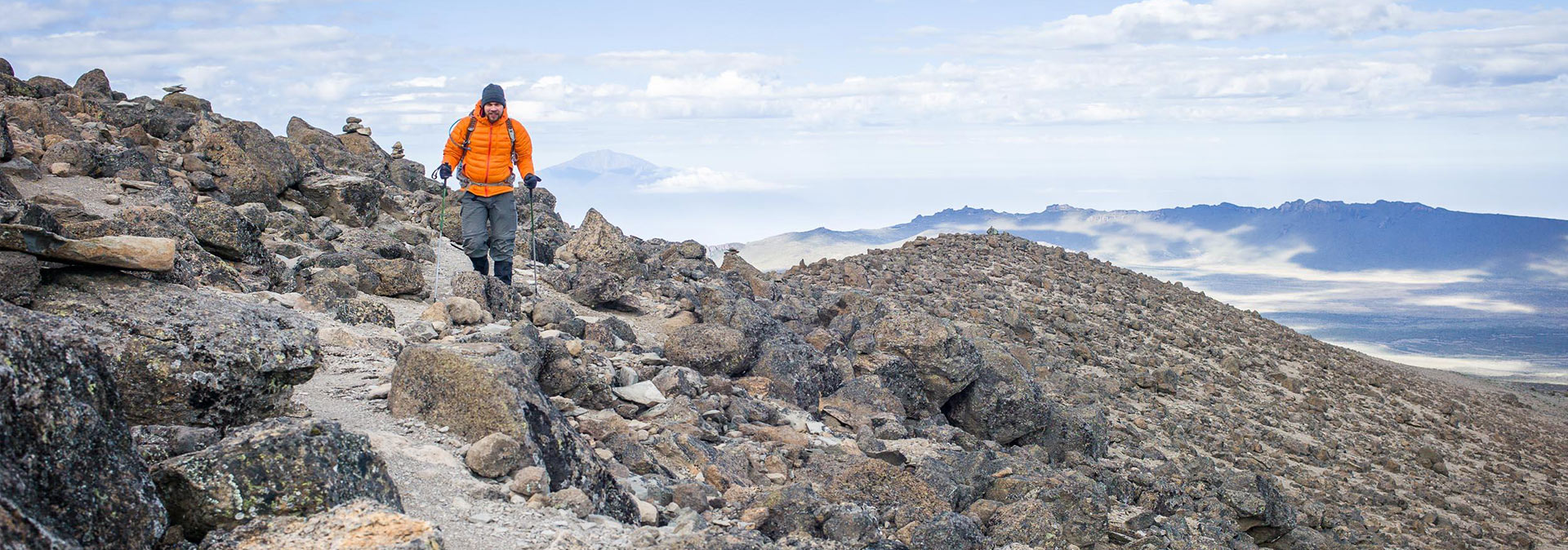As Kilimanjaro Trails, the safety of each of our Clients is our top most priority. Starting with before your arrival on the mountain, we plan routes that will ensure your great adjustment and acclimatization to the change in climatic conditions. We not only use first class equipment on the mountain but also have a team of very professional and highly trained guides.
After your arrival on the mountain, it’s our responsibility to do everything to make sure that you remain in a good physical and mental condition. We track your health closely to identify early warning signs of any issues. As a company, we operate a complete Safety Management System that begins with setting up clear safety objectives, and after do a detailed risk assessment. We plan procedures to minimise these risks, gather feedback to ensure that our different safety protocols are always improving to better serve our clients.

We maintain 10 million pounds of public liability insurance and in an effort to acquire this; we annually review our safety protocols as well as risk assessments.
Here are the features that make up of our safety protocols
- Certified wilderness first responder trained guides
Each of our guides is certified as a wilderness first responder, which implies that they have the necessary training and skills to take care of medical emergencies while on the mountain in such a way that minimizes the risk of severe outcomes.
- Two health checks daily
Our guards check your health every morning and evening and record important information in order to see if anything has gone wrong or is beginning to go bad.
- Two saturation tests daily
Among the major indicators of deteriorating health at high altitude is the reduction in the level of oxygen in your blood. At sea level, the blood oxygen levels should be at 100% but as you gain altitude this normally drops to approximately 90%. In case the level of oxygen in your blood drops below this, we treat that as a clear warning sign and begin monitoring you very closely for any additional altitude sickness symptoms.
- Emergency oxygen
Where need be, our guides carry an emergency supply of oxygen. This is only used during a crisis descent but can never be offered to help when ascending.
- Testing evacuation procedures
In case it necessitates evacuating you from the mountain, it has to be done quickly and professionally. On a regular basis, our procedures are tested and we begin each year with a practical training up the mountain.

